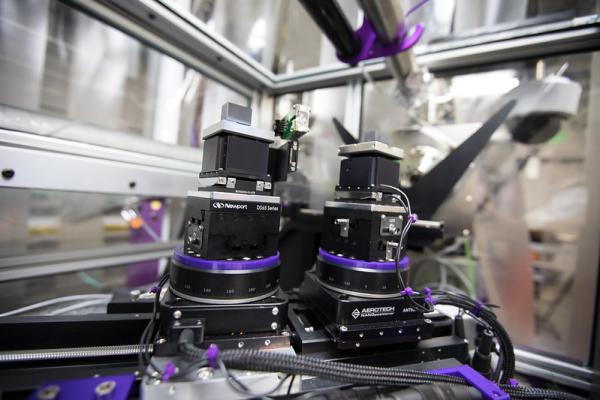Newly Engineered System Enables ‘Double Exposure’ X-Ray Snapshots
February 28, 2018
By Amanda Solliday
Researchers can now use pairs of X-ray pulses to trigger and observe changes in matter with exceptional timing. The new system expands flexibility for multi-beam free-electron laser experiments.
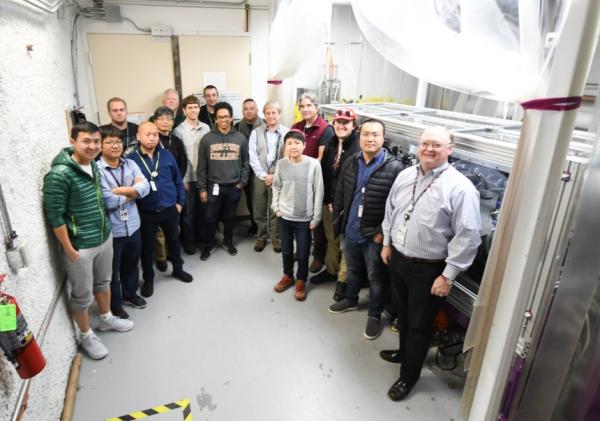
A team of engineers and scientists at the Linac Coherent Light Source (LCLS) designed and built a new system of X-ray optics that allows researchers to perform unique, precisely timed experiments where two X-ray pulses travel together and capture a double exposure image of the system. The sharpness or blurriness of the image indicates whether the system under investigation remained static or moved during the small interval between the two X-ray pulses.
This technique is called X-ray speckle visibility spectroscopy. Researchers can also use the double pulses for X-ray pump-probe experiments, where the first X-ray pulse energizes the sample, while the second pulse captures another image that reveals any changes triggered by the first one.
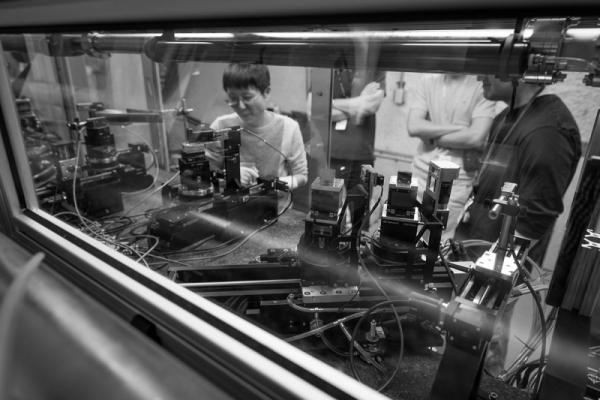
This new optical system generates two X-ray pulses from a single pulse from LCLS. The time separation between the pulses can be controlled from a few femtoseconds (quadrillionths of a second) to a few hundred picoseconds (trillionths of a second).
Experience with a previous system that produced paired X-ray pulses, as well as collaboration with the SPring-8 Angstrom Compact free electron Laser (SACLA), gave us more confidence in designing and building this new installation that now covers a wider range of wavelengths and time separations, says Diling Zhu, LCLS staff scientist.
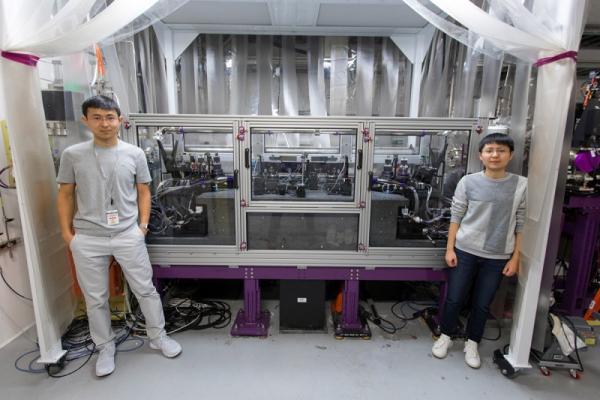
“With this experimental set-up, research teams can now have two X-ray free-electron laser beams at their disposal,” Zhu says. “And we can precisely control the time separation and wavelength of the two beams.”
The new optics—dubbed the Hard X-ray Split-Delay system—at the X-ray Correlation Spectroscopy (XCS) instrument started commissioning in September 2017, and first became available to scientists at the Department of Energy’s SLAC National Accelerator Laboratory in December the same year. The first experiment using the new system looked at how semiconductor materials respond to femtosecond X-ray pulses differently compared to optical light.
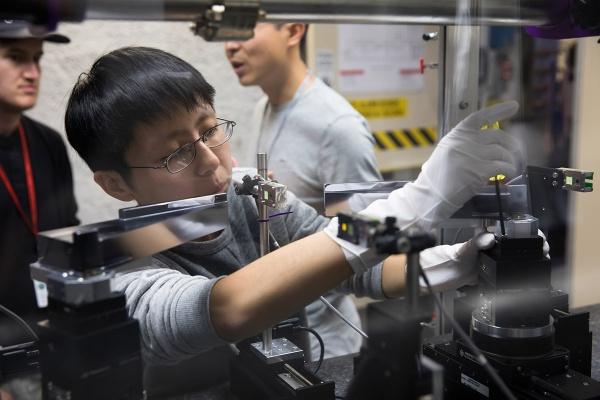
In the “split-delay” process, a first crystal splits a single X-ray pulse in two at the upstream end of the system. One of those pulses is sent on a longer mirrored path than the other, guided by more crystal diffractions. At the end of the system, the pulses converge back onto the same path, but will arrive on the same spot on the sample at a slightly different time. Scientists measure changes in the sample by looking at the difference in the detected signal when the timing of the two pulses is varied.
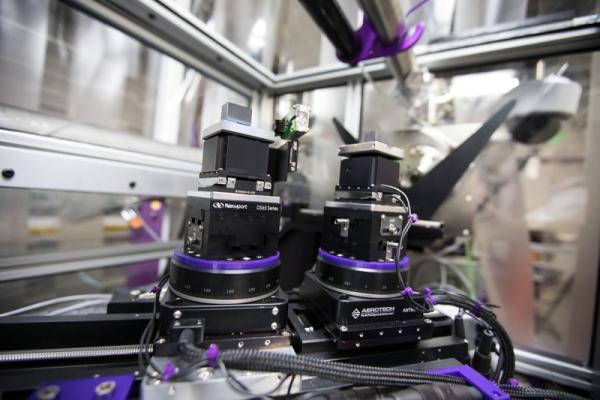
Because these experiments require two distinct micron-sized X-ray beams to strike the sample at the same spot and separated by just several trillionth of a second, any unwanted vibrations could muddy the data when the timing is this exact.
“Lack of precision and repeatability caused issues in similar, previously attempted designs,” says Drew Barada, who led the mechanical engineering effort at LCLS. “This was one of our primary concerns while creating the system at XCS, and it drove our decision to use an air-bearing system.”
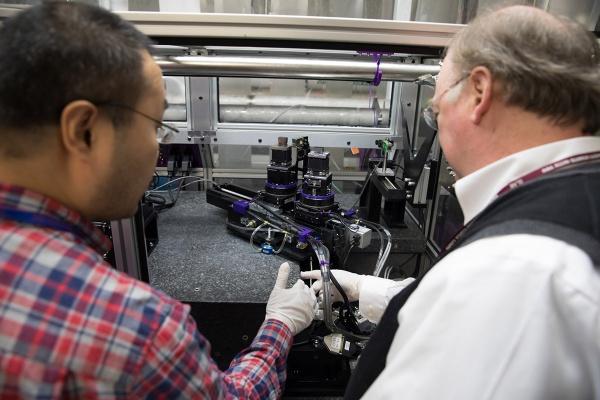
The split-delay equipment sits on a granite table polished to a flat surface within a few microns, which provides exceptional stability and precision.
“We also use a novel air bearing system to float the key sections of the equipment on a few microns-thick layer of air above the table and maintain position, while a unique mechanism bends to prevent unwanted motions,” says Hongliang Shi, LCLS mechanical engineer.
“It’s a great example of our scientists and engineers working together to translate a high impact science requirement into reality, and provide really interesting opportunities for innovation across the board,” says Mike Dunne, director of LCLS.
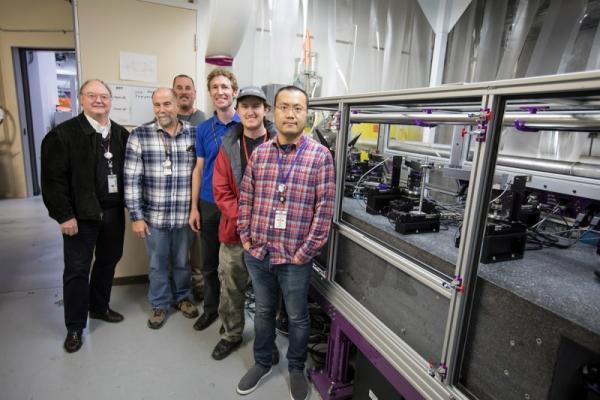
LCLS is a DOE Office of Science user facility.
For questions or comments, contact the SLAC Office of Communications at communications@slac.stanford.edu.
